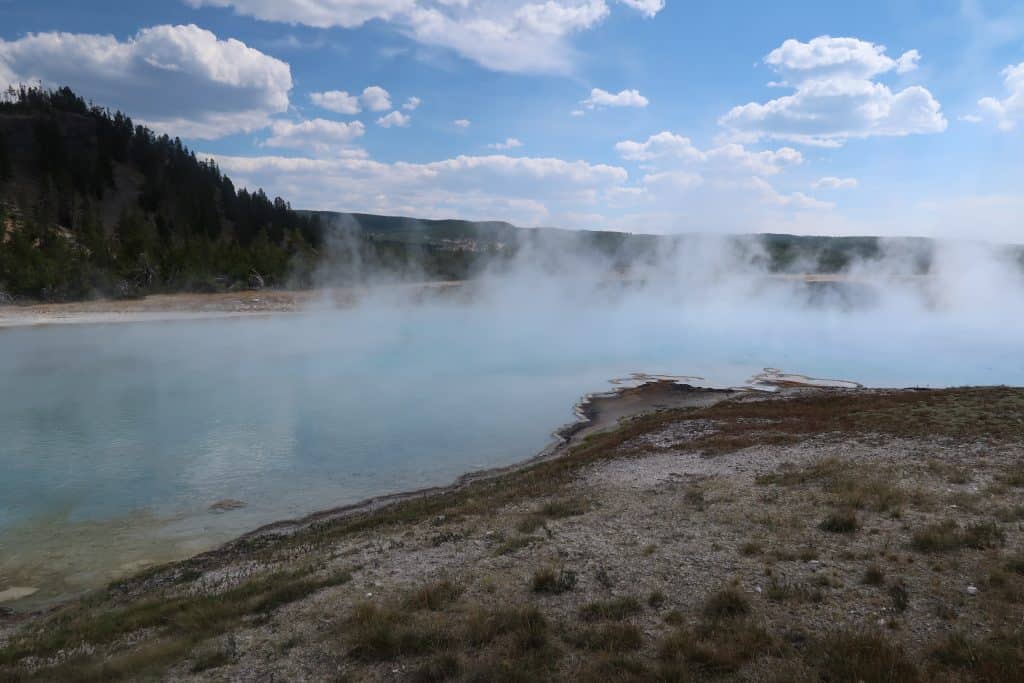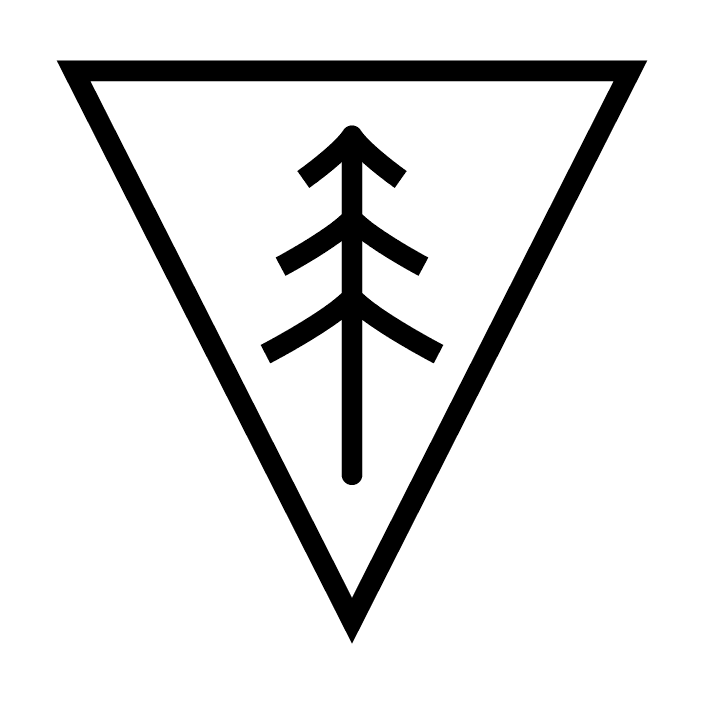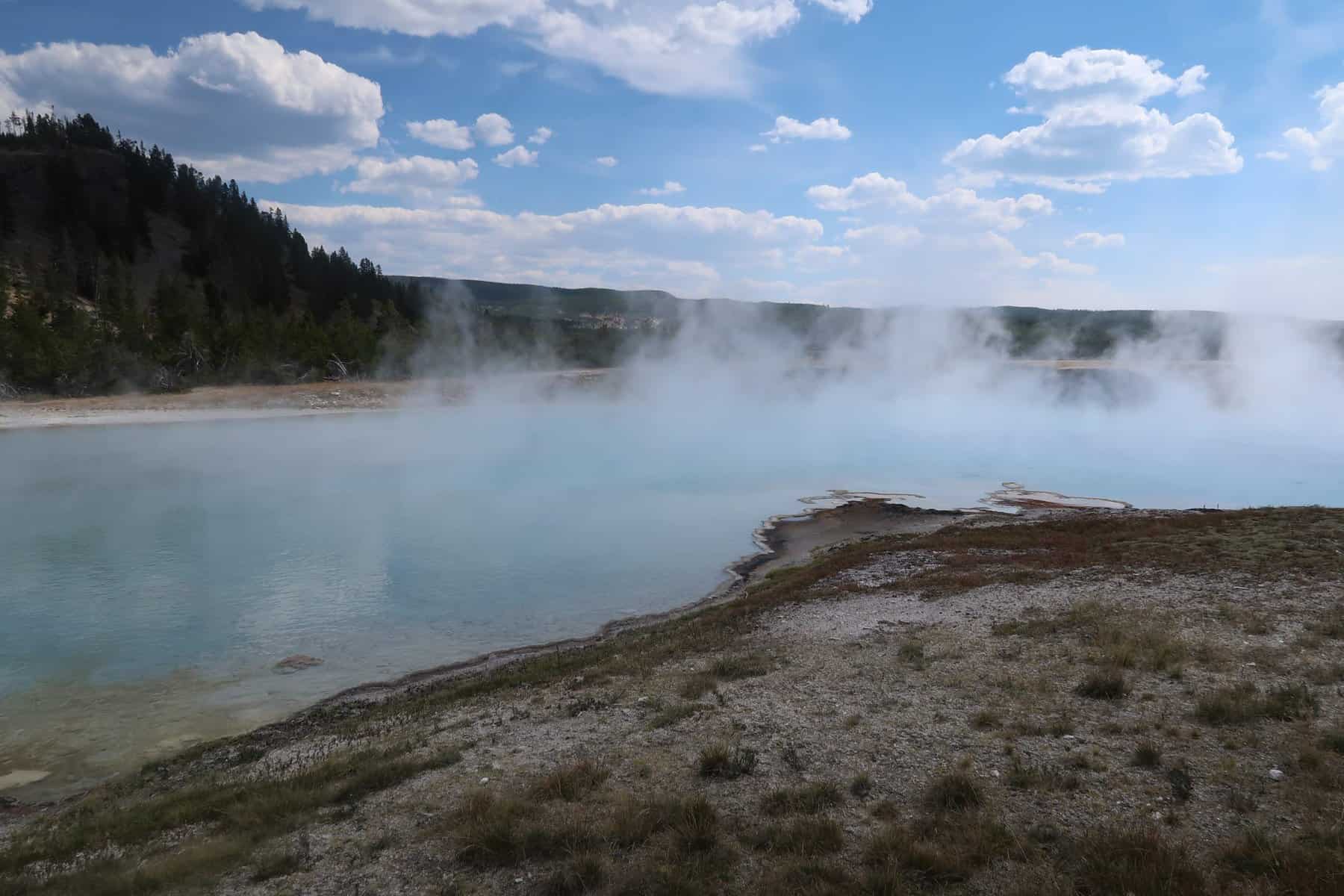Yellowstone National Park is known for its stunning natural beauty and diverse wildlife, but it also has a rich history that is worth exploring. The park has several museums and visitor centers that provide insight into the geological features, wildlife, and human history of the area.
Don’t forget that visitor centers offer numerous services aside from educational opportunities. They have restrooms, usually with flush toilets. They often have a park store and a snack selection.
Additionally, they are a reliable home of park rangers! This is where you can collect your maps, your park newspapers, and the ranger program schedule.
Be sure that you pick up a Junior Ranger program at these centers, too!
We always suggest that you discuss your wilderness-adventuring plans with a park ranger before heading to the trailhead. There are often sudden closures or re-routes that are important for your safety.
Finally, the visitor centers often keep track of wildlife sightings and activity within the park. You can get information to help you find wildlife or avoid wildlife. For more wildlife tips before heading to Yellowstone National Park, read about wolf reintroduction, where to find bears, and the bison project.
Below, we’ll share the main exhibits at the museums and visitor centers within Yellowstone National Park.
Old Faithful Visitor Education Center
The Old Faithful Visitor Education Center is the largest and most popular visitor center in Yellowstone National Park. The center features interactive exhibits throughout several museum halls.
This is the primary location to study and learn about the geology and hydrothermal features of the park, including the famous Old Faithful geyser. Visitors can also watch a film about the park’s history and attend ranger-led talks and walks.
We suggest that you pick up a Junior Ranger booklet as well as a Young Scientist booklet at the Old Faithful Visitor Center.
The Yellowstone Forever bookstore is also located here.

Yellowstone Heritage and Research Center
The Yellowstone Heritage and Research Center is located in Gardiner, Montana, just outside the north entrance of the park. The center is home to the Yellowstone National Park Archives, which house over 3 million documents and artifacts related to the park’s history!
Visitors can view exhibits on the park’s cultural and natural history, including Native American artifacts and photographs.
Norris Geyser Basin Museum and Information Station
The Norris Geyser Basin Museum and Information Station is located near the Norris Geyser Basin. This are of the park is known for its active geothermal features.
The museum features exhibits on the geology of the park and the formation of geysers and hot springs. Visitors can also pick up maps and information on hiking trails in the area.
Mammoth Hot Springs Visitor Center
The Mammoth Hot Springs Visitor Center is located in the Mammoth Hot Springs area of the park. This is where you can explore numerous terraced limestone formations and mud pots.
The center features exhibits on the park’s human history, including the history of the US Army’s presence in the park in the late 1800s. Thirty-five of the original structures from this era still remain. The army managed Yellowstone National Park until the National Park Service was officially created as an agency in 1916. Read more about the beginnings of our NPS here.
At the Mammoth Hot Springs Visitor Center, visitors can also watch a film about the park’s wildlife and attend ranger-led talks.
Fishing Bridge Museum
The Fishing Bridge Museum is located near the Fishing Bridge Visitor Center. True to its name, the museum features exhibits on the park’s wildlife including the history of the park’s fish population and the reintroduction of wolves in the 1990s.
Visitors can also view a collection of historic fishing equipment.
West Thumb Geyser Basin Visitor Center
The West Thumb Geyser Basin Visitor Center is located on the shore of Yellowstone Lake, the largest body of water in the park.
The center features exhibits on the geology of the area and the formation of the lake. Visitors can also pick up information on boating and fishing in the lake.

Albright Visitor Center
The Albright Visitor Center is located in Mammoth Hot Springs and is housed in the park’s original administrative building, which was built in 1909. The center features exhibits on the park’s cultural and natural history, including the history of tourism in the area.
Visitors can also view a collection of historic photographs and art.
Grant Village Visitor Center
The Grant Village Visitor Center is located near the West Thumb Geyser Basin and features exhibits on the park’s wildlife, including bears, wolves, and bison.
Visitors can also view a film about the park’s ecosystem and attend ranger-led talks.
Canyon Visitor Education Center
The Canyon Visitor Education Center is located near the Grand Canyon of the Yellowstone and offers exhibits and educational programs that focus on the geology and ecology of the park. It includes exhibits on the geology, wildlife, climate, and fire ecology of the park.
Exploring the exhibits at the museums and visitor centers in Yellowstone National Park is an essential part of any visit to this remarkable national treasure. From learning about the park’s geologic history and iconic landscapes, to gaining an understanding of the diverse wildlife and ecosystems that call it home, these exhibits provide visitors with a rich and engaging educational experience.
Yellowstone offers adventures in every way: mind, body, and spirit. While you can hike, paddle, and fish, you can also learn endlessly about our Earth. For those families with kids in tow, we suggest an itinerary that speaks to their interests. You can view our top picks for kids in Yellowstone HERE.
Additionally, it is important to know what features and attractions your family will prioritize when visiting Yellowstone. We suggest you choose your accommodations based on what you want to see.
Whether you are interested in the park’s cultural heritage, the science behind its geothermal features, or the impact of climate change on its ecosystems, there is something for everyone to discover and explore.
So the next time you visit Yellowstone National Park, be sure to take some time to explore the exhibits at its museums and visitor centers, and deepen your understanding and appreciation of this truly unique and special place!

